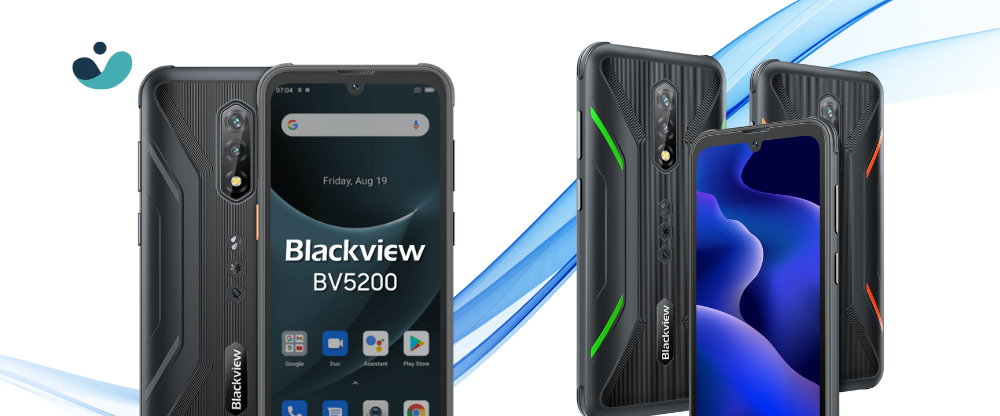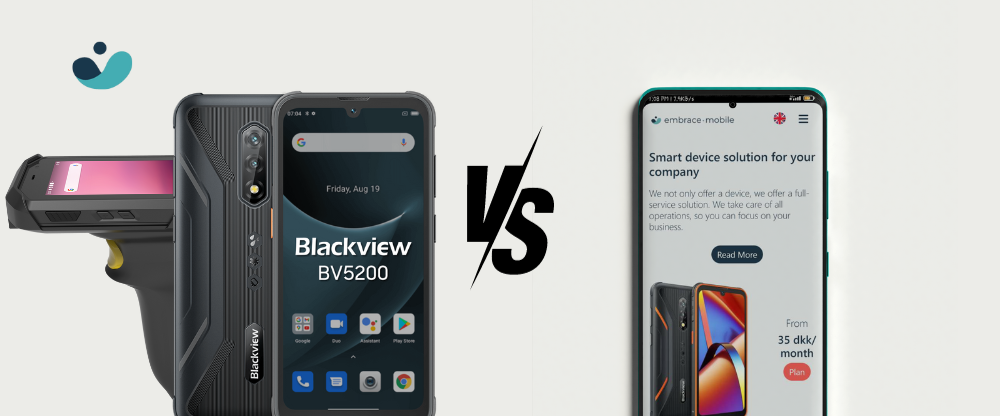

Device Lifecycle Management (DLM) is a systematic approach to managing the entire lifespan of technology assets within an organization. This encompasses all phases, from initial procurement and deployment to ongoing maintenance, upgrades, and eventual disposal or retirement. The primary objective of DLM is to optimize the use of devices, reduce costs, enhance security, and ensure compliance with regulations. DLM involves various stages, each of which plays a crucial role in the efficient management of devices:
Now that we have a solid understanding of what DLM entails, let’s delve how Embrace Mobile plays a crucial role for businesses of all sizes and industries:
Cost Control and Efficiency
One of the primary benefits of leveraging DLM with Embrace Mobile is cost control. By carefully managing the lifecycle of devices, businesses can optimize their investments. This means making informed decisions about when to repair, upgrade, or replace devices based on their actual performance and longevity. For instance, instead of replacing all devices on a fixed schedule, organizations can extend the lifespan of some assets while replacing others that have become obsolete or costly to maintain.
Additionally, Embrace Mobile helps identify underutilized assets that can be reallocated or repurposed, further reducing unnecessary expenses. By streamlining device procurement and maintenance processes, businesses can achieve higher efficiency in their operations.
Enhanced Productivity
Efficiently managed devices are more reliable, leading to improved productivity. Embrace Mobile ensures that devices are consistently up-to-date with the latest software, security patches, and configurations. This reduces downtime caused by technical issues or security vulnerabilities.
Moreover, devices that are properly configured and tailored to employees’ specific needs enable them to work more efficiently. When devices match the requirements of the tasks they are used for, employees can perform their jobs more effectively and with fewer obstacles.
Data Security and Compliance
In an era of increasing cybersecurity threats and stringent data protection regulations (such as GDPR and CCPA), DLM plays a critical role in safeguarding sensitive information. Proper management of devices includes implementing security measures like encryption, access controls, and regular security updates to mitigate the risk of data breaches.
Furthermore, DLM helps ensure compliance with industry-specific regulations and standards. Failure to comply with these regulations can result in severe legal and financial consequences for businesses. Proper management of devices with Embrace Mobile helps businesses to maintain audit trails, track data usage, and demonstrate compliance to regulatory authorities.
Scalability and Adaptability
As businesses grow or pivot, their technology needs may change. By making the most of device lifecycle management with Embrace Mobile, organizations can easily scale their technology infrastructure to accommodate growth or adapt to changing business requirements seamlessly. This scalability ensures that the technology environment remains aligned with the organization’s objectives.
For instance, as a company expands, it can efficiently add new devices, integrate them into the existing infrastructure, and ensure that they are configured for optimal performance. Conversely, if a business needs to downsize or restructure, DLM facilitates the efficient decommissioning of devices that are no longer necessary.
Asset Tracking and Inventory Management
Maintaining an accurate inventory of all technology assets is crucial for budgeting, procurement, and security purposes. Embrace Mobile provides the tools and processes necessary to track and manage assets effectively. This includes recording device specifications, serial numbers, locations, and ownership information.
Having a complete inventory allows businesses to identify underutilized devices, prevent loss or theft, and plan for replacements or upgrades strategically. It also simplifies the process of tracking warranties and service contracts, ensuring that devices are properly maintained.
Environmental Responsibility
In today’s environmentally conscious world, responsible disposal of electronic devices is a significant concern. Many devices contain hazardous materials, and improper disposal can harm the environment and incur legal liabilities.
Embrace Mobile’s device lifecycle management program includes environmentally responsible end-of-life processes, such as recycling or certified disposal methods. By properly disposing of devices, businesses reduce their ecological footprint and contribute to a sustainable future.
To reap the benefits of DLM fully, businesses should adopt best practices for its implementation. Here are key steps and strategies to consider:
Establish Clear Policies and Procedures
Begin by developing comprehensive policies and procedures for device procurement, deployment, maintenance, and retirement. These policies should outline roles and responsibilities, security protocols, compliance measures, and guidelines for device use. Ensure that employees are aware of and trained on these policies.
Conduct Regular Audits and Assessments
Regularly audit your device inventory and assess its performance and security. This helps identify devices that require updates, upgrades, or replacement. Consider implementing automated tools and processes to streamline these audits.
Prioritize Security
Device security should be a top priority. Implement encryption, access controls, and multi-factor authentication to protect sensitive data. Regularly patch and update devices to mitigate security vulnerabilities. Conduct penetration testing and security audits to identify and address weaknesses.
Embrace Remote Device Management
With the rise of remote work, it’s essential to have remote device management capabilities. This allows IT teams to configure, update, and troubleshoot devices remotely, reducing the need for physical access to devices.
Implement a Scalable Infrastructure
Design your technology infrastructure with scalability in mind. Ensure that it can accommodate the addition of new devices or the removal of outdated ones without disrupting operations.
Standardize Device Configurations
Standardize device configurations whenever possible to simplify management. This reduces complexity, reduces errors, and ensures consistent user experiences across devices.
Implement Asset Tracking Software
Invest in asset tracking software that allows you to monitor the status and location of devices in real-time. This streamlines inventory management and helps prevent loss or theft.
Plan for End-of-Life
Develop a clear plan for the disposal or retirement of devices at the end of their lifecycle. Ensure that data is securely wiped, and devices are disposed of in an environmentally responsible manner.
Regularly Review and Update Policies
Technology and business needs evolve over time. Regularly review and update your DLM policies and procedures to ensure they remain effective and aligned with your organization’s goals.
Seek Professional Assistance
Consider enlisting the expertise of professionals who specialize in DLM. They can provide guidance on best practices, compliance requirements, and the latest technologies to optimize your device lifecycle management.
Device lifecycle management is not a luxury but a necessity. It enables organizations to control costs, enhance productivity, bolster security, and maintain compliance with regulations. With Embrace Mobile, businesses can harness the full potential of their technology assets while ensuring a sustainable and secure future. Investing in device lifecycle management is an investment in the long-term success and resilience of your organization.



